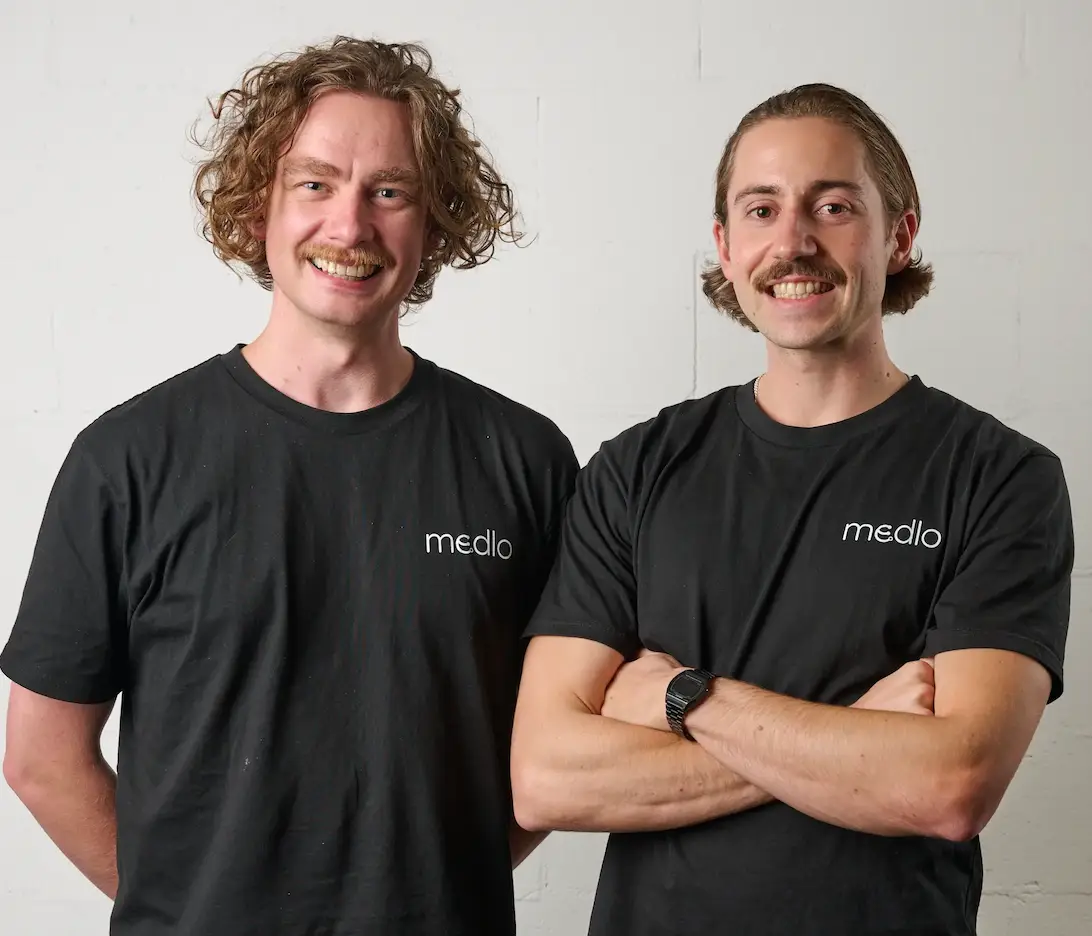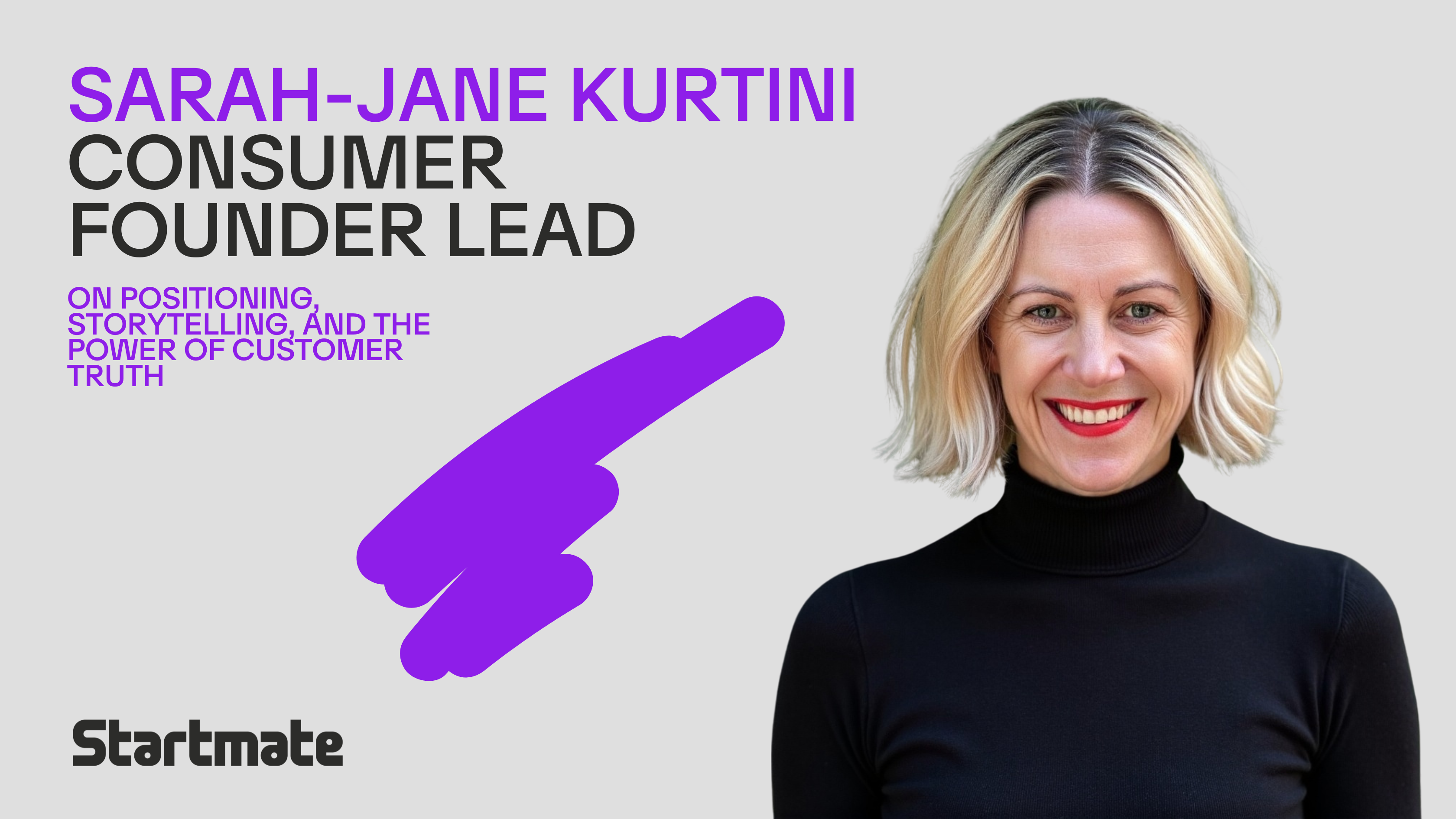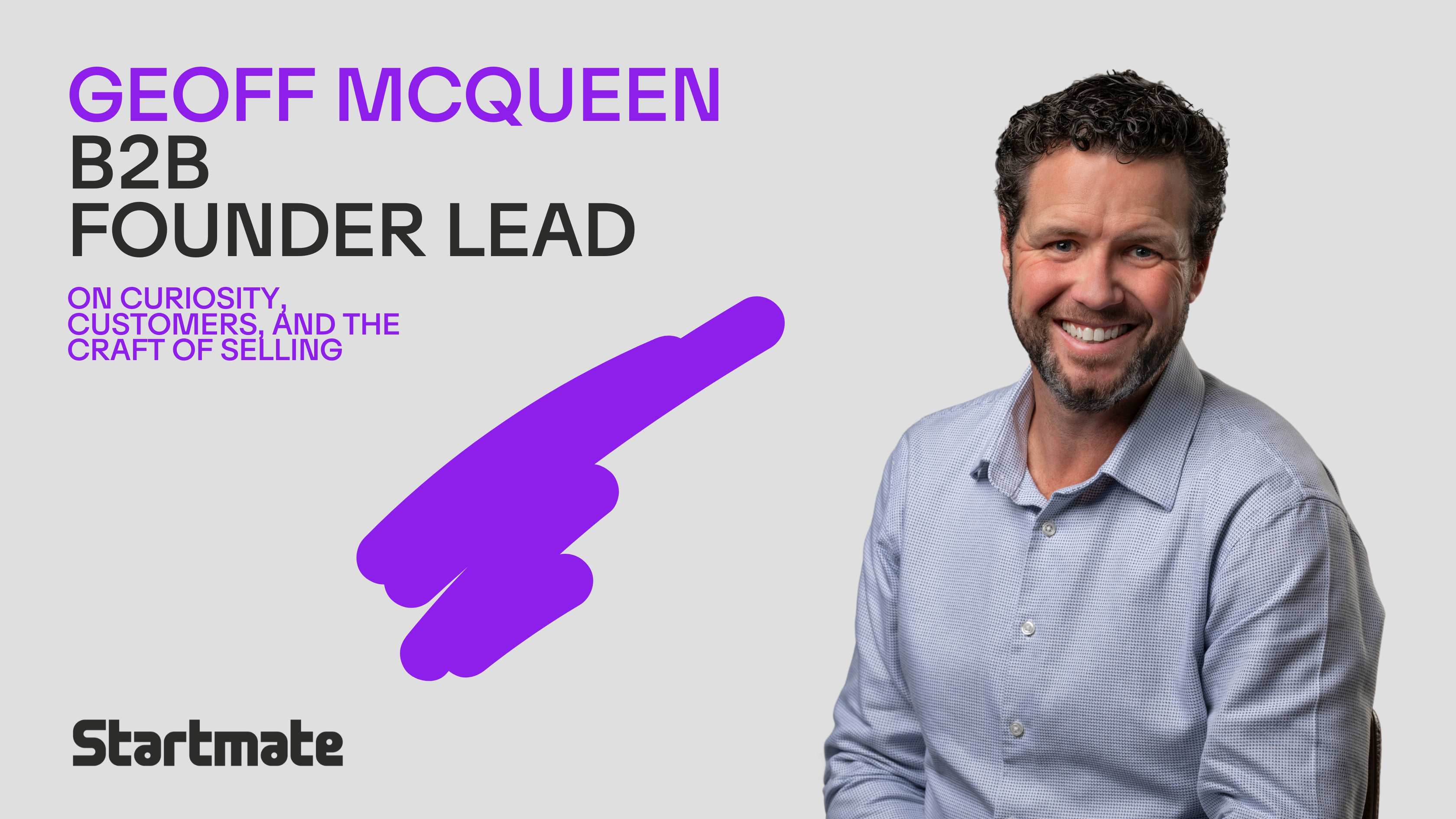When Louis Sisk and Jordi Hermoso describe Australia’s healthcare system, they don’t mince words.
“It’s broken,” they say. “Understaffed, overworked, and designed for a world that doesn’t exist anymore.”
Sisk knows this from the inside. After eight years across Surgery, ED and ICU, he’s seen the inefficiencies firsthand; the endless paperwork, the doctor shortages, the patients waiting weeks for basic care. “Hospitals are still built for yesterday,” he says.
“Care shouldn’t be bound by geography or walls.”
That conviction became Elixir Cloud, the umbrella for sister companies Medlo and Doccy, two sides of one operating system for modern healthcare.
Medlo solves the supply problem. It handles recruitment, credentialing, rostering, payroll and compliance for doctors, end-to-end, ensuring clinicians actually turn up. Doccy solves the delivery problem, using AI-assisted, hybrid care to turn minutes into outcomes, while keeping a patient’s GP in the loop.
The problem (and why it matters)
Australia’s healthcare system is showing its age.
An ageing population and a shrinking GP workforce mean access is collapsing at the same time as demand is rising. Patients wait days for simple issues; many no longer have a regular GP.
Clinicians, meanwhile, face broken systems. Credentialing takes weeks. Admin dominates their days. Telehealth has become transactional, creating churn rather than continuity.
As Louis puts it: “We’ve got all the right people, but they’re stuck on disconnected rails; workforce, triage, diagnostics, and GP continuity all operating in silos. Care doesn’t flow.”
The conclusion, he says, is simple:
“We don’t need another app on top of a broken system. We need a new operating system, one that assumes care doesn’t require walls.”
Medlo, what is it?
Medlo is the supply side of that new operating system; the invisible engine room that makes sure clinicians show up where they’re needed.
It manages recruitment, credentialing, rostering, payroll, and compliance end-to-end, removing the friction that keeps doctors from working where they’re most needed.
The team have already hit some pretty big milestones:
- 130 hospitals across Australia
- 420 doctors onboarded
- Onboarding in ~30 seconds (down from two weeks)
- Same-day pay supported
Doccy: care without walls
If Medlo ensures supply, Doccy ensures delivery.
Doccy’s AI-assisted, hybrid care model starts with an AI voice pre-consult that listens first, capturing a structured patient history before the doctor even joins. The doctor then reviews that history in 1-2 minutes, asks high-yield follow-ups, and completes the consult with one-click for scripts, referrals, or pathology requests.
A GP summary closes the loop automatically.
In practice, it feels fast, human, and continuous.
Patients spend about eight minutes talking; doctors, one and a half. The result: more listening, less repetition, and dramatically better throughput.
“It’s not about replacing doctors,” Louis says. “It’s about freeing them to be doctors, to focus on care.”
Traction to date
The team built Doccy in just 4–6 weeks, launching a live service that delivered ~1300 AI pre-consults in four weeks, earning a 4.58 / 5 rating across 290 patient reviews.
Meanwhile, Medlo continues to scale nationally as a trusted workforce engine.
Together, they’ve proven the loop: Medlo brings trusted clinicians → Doccy makes every minute go further → better patient outcomes → stronger reviews → more demand and clinician supply → tighter institutional partnerships.
Jordi sums it up: “It’s infrastructure. Every improvement in one loop compounds into the other.”
Built by doers
Louis and Jordi’s partnership works because they’re grounded in action.
Louis still works shifts in rural hospitals, keeping close to the realities of the system.
“That’s where the insights come from. From the coalface,” he says.
Jordi focuses on building and shipping fast.
“We built the first Doccy prototype in six weeks,” he says. “We move fast.”
Both see Australia as the ideal testing ground.
“If you can make care flow here, with vast distances, rural communities, and fragmented systems, you can make it flow anywhere,” Louis explains.
Their ultimate ambition is to create a global, interconnected healthcare operating system.
“Healthcare should move 100 times faster than it does today,” Louis says. “We want people to be bio-informed, managing care from home, with doctors freed up to docere: to teach, while the infrastructure handles the admin.”
Advice to founders
Louis and Jordi have a refreshingly direct view on building.
“Find the pain. Dial into it. Don’t stop. Build from the coalface, prove the loop, and let the flywheel compound.”




.jpeg)

.png)

